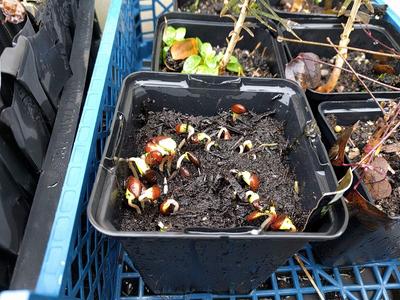
 6
6





 1
1




Hans Albert Quistorff, LMT projects on permies Hans Massage Qberry Farm magnet therapy gmail hquistorff
 7
7




 7
7




 5
5





 5
5





How Permies works: https://permies.com/wiki/34193/permies-works-links-threads
My projects on Skye: The tree field, Growing and landracing, perennial polycultures, "Don't dream it - be it! "
 2
2
















 1
1




Maieshe Ljin wrote:By any chance have you tried growing cedar from cuttings?
How Permies works: https://permies.com/wiki/34193/permies-works-links-threads
My projects on Skye: The tree field, Growing and landracing, perennial polycultures, "Don't dream it - be it! "
 2
2





Trying to achieve self-reliance on a tiny suburban plot: http://gardenofgaladriel.blogspot.com






 2
2




I'm only 65! That's not to old to learn to be a permie, right?

 2
2




Working toward a permaculture-strong retirement near sunny Sperling.
 3
3




Hans Quistorff wrote:I am not familiar with this quince. I have a red flowered quince grown for its spring flowers which is a large shrub with very small fruit. My friend has a white flowered tree quince with large fruit that has a pineapple flavor.
 4
4










 1
1




I'm only 65! That's not to old to learn to be a permie, right?
 4
4




 2
2




Jane Mulberry wrote:... smaller Chaenomeles as well...
Trying to achieve self-reliance on a tiny suburban plot: http://gardenofgaladriel.blogspot.com
 2
2




 2
2




Linda Kurtz wrote:Experimenting with stool layering quince and growing from fallen fruit seeds. Will let you know how it goes.





|
This tiny ad helped me apply for a passport. Denied.
Play Your Way to a Sustainable Lifestyle: Uncover Permaculture Principles with Each Card
https://gardener-gift.com/
|







